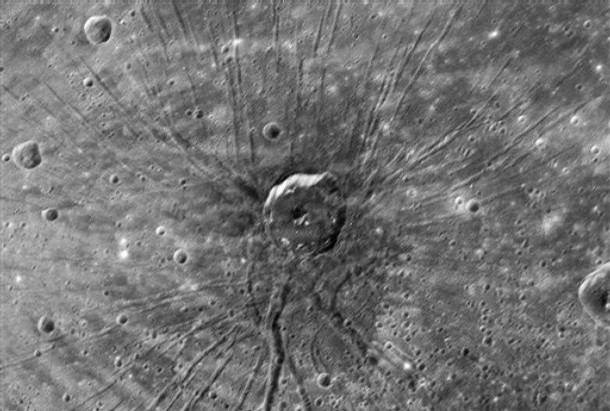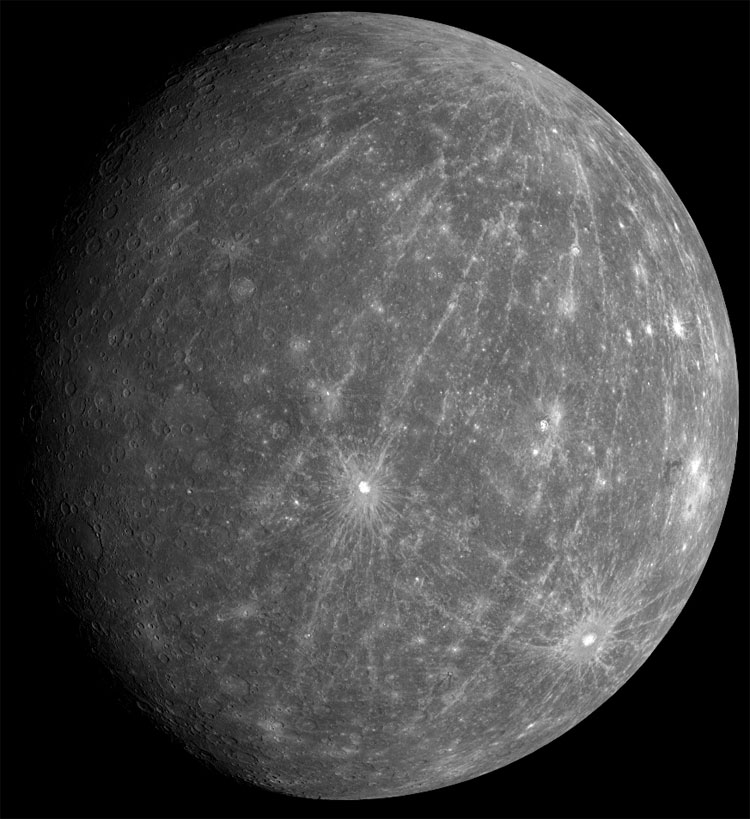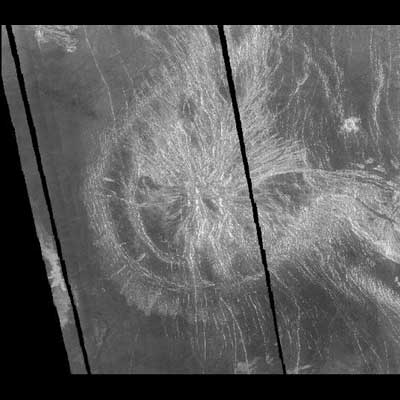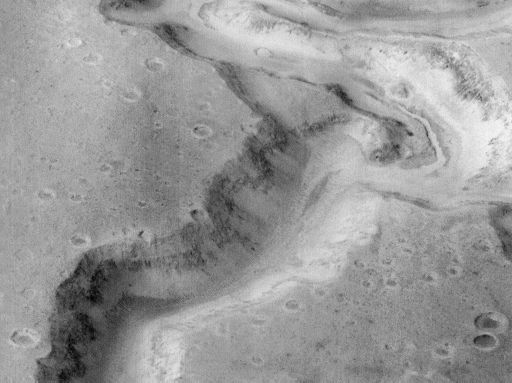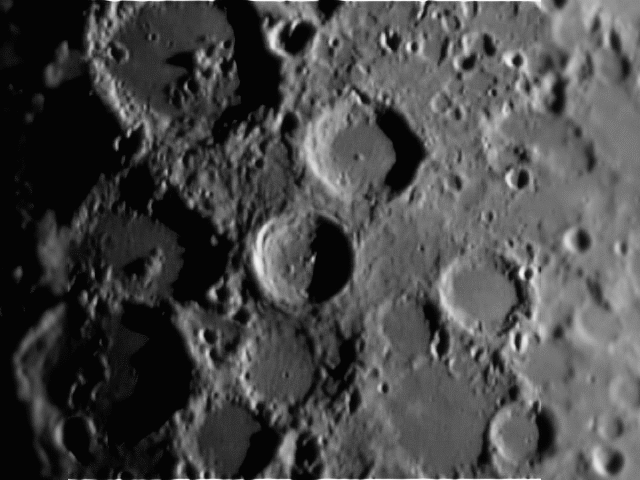
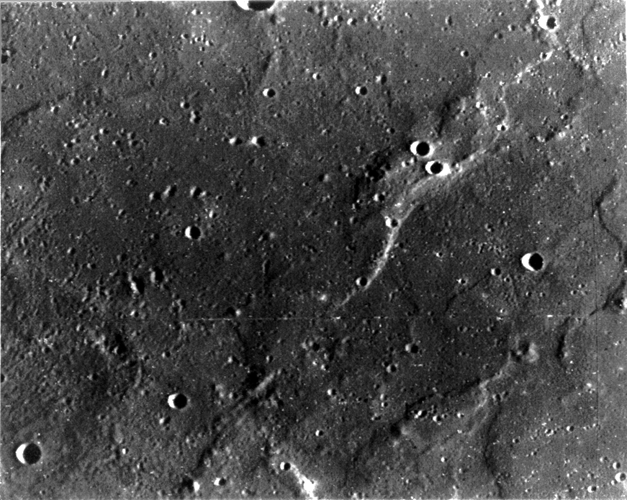
The term crater saturation is important and means that the surface density of craters is so high that the next event (impact or volcanic) basically just puts a new crater on top of an old crater so the crater density has reached its physical limit. Also the relative size distribution of craters on a planetary surface is important to measure.
Let's Examine A Cratering Simulation
Also the relative size distribution of craters on a planetary surface is very important.
Taken together, the crater density and its size distribution provides insight on the relative age of a planetary surface since. Saturated surfaces are significantly older than surfaces with low crater density.
Thus the surface on the top is significantly older than the surface on the bottom in the two images below.


Another important thing to look for is the presence of a central peak in the crater. If the cratered surface is primarily rock, then their will be a small rebound effect of the imploded surface. If the surface is mostly ice, there usually will not be a central peak.
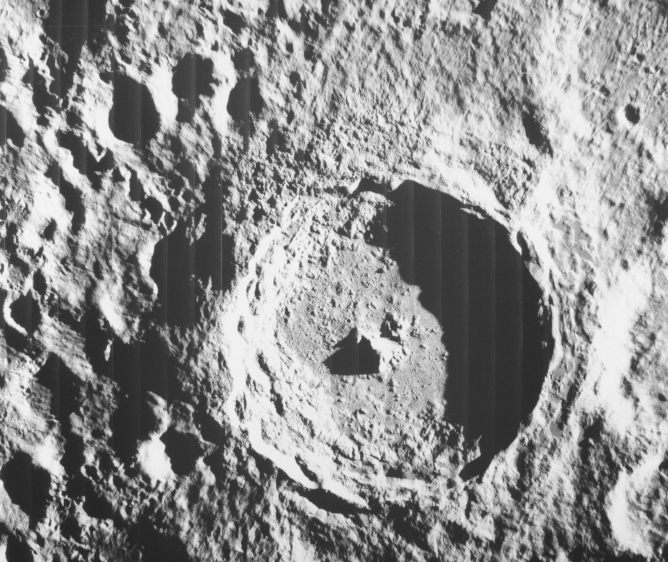
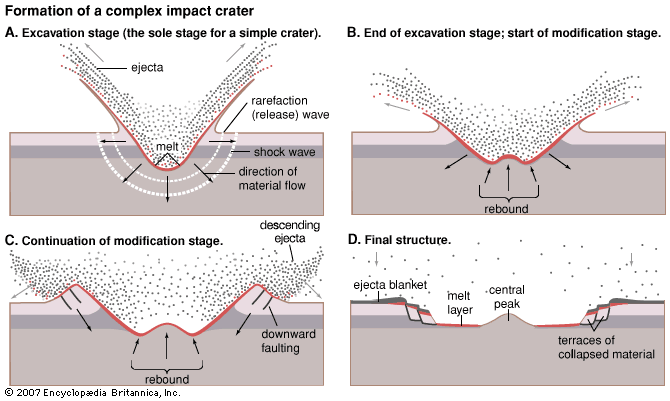
Impact craters are essentially explosive events and proceed through several stages as shown in the animation below. Often times the ejecta blanket (which comes from material at depth) is lighter than the surface material leading to the apparance of rays:
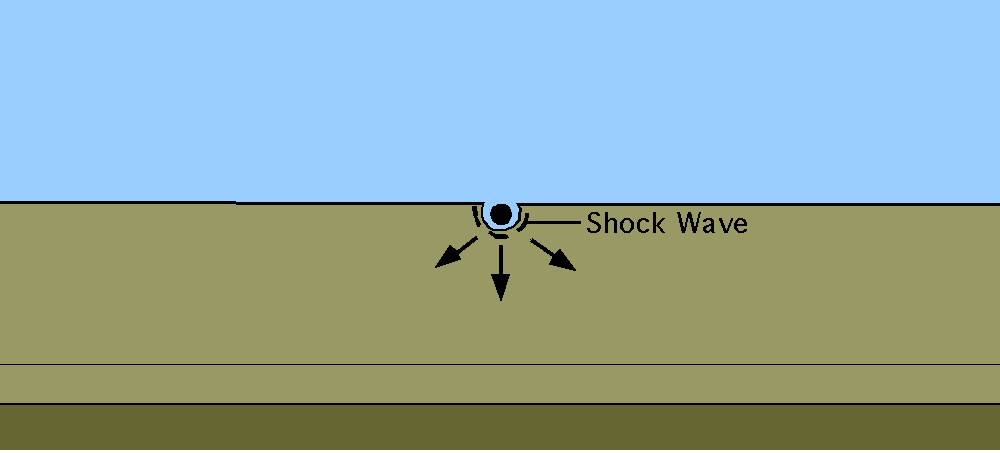
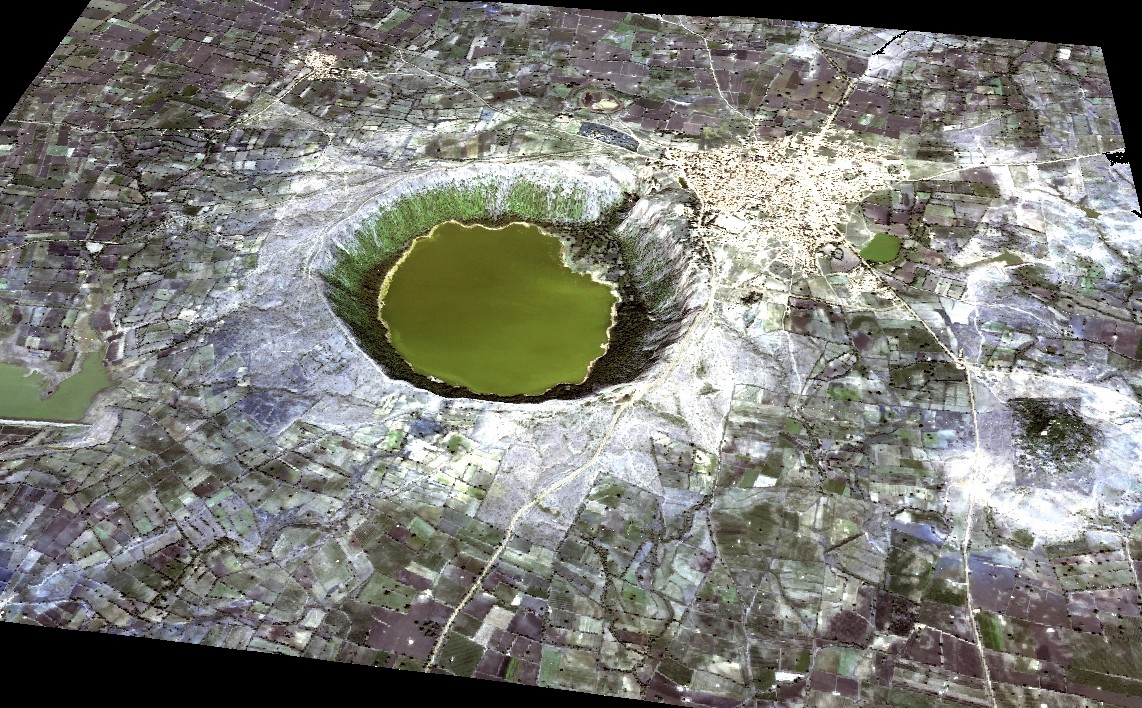
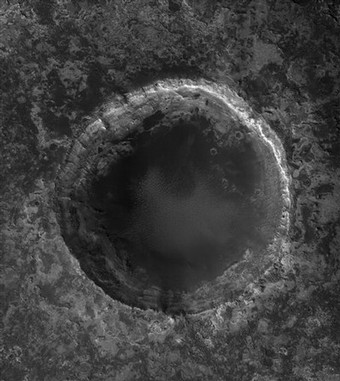
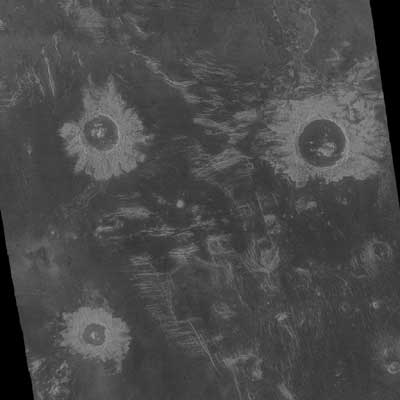
The Earth has impact craters on its surface as well - old ones have eroded away and are hard to find. Here are some examples:
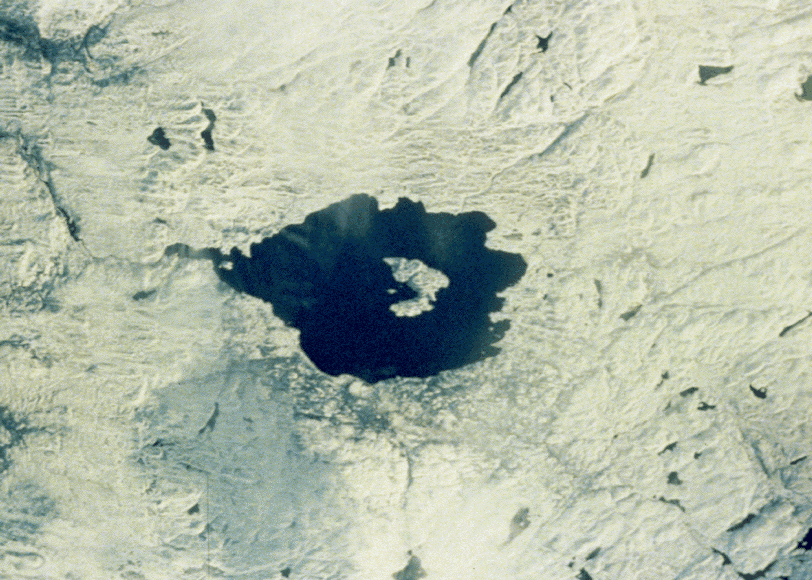
200 Million Years Old Near Quebec
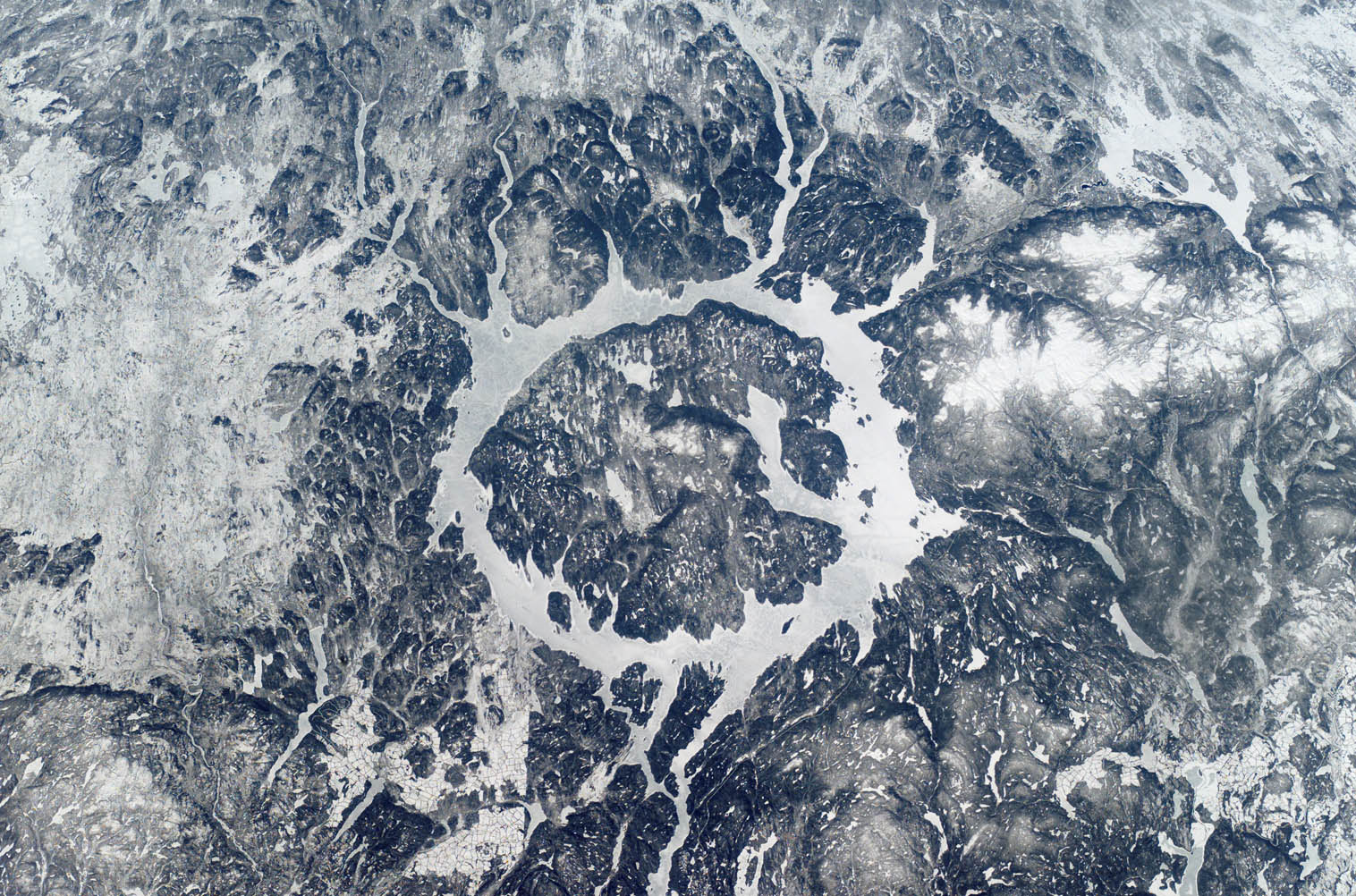
290 Million years old, Clearwater Lakes, Canada
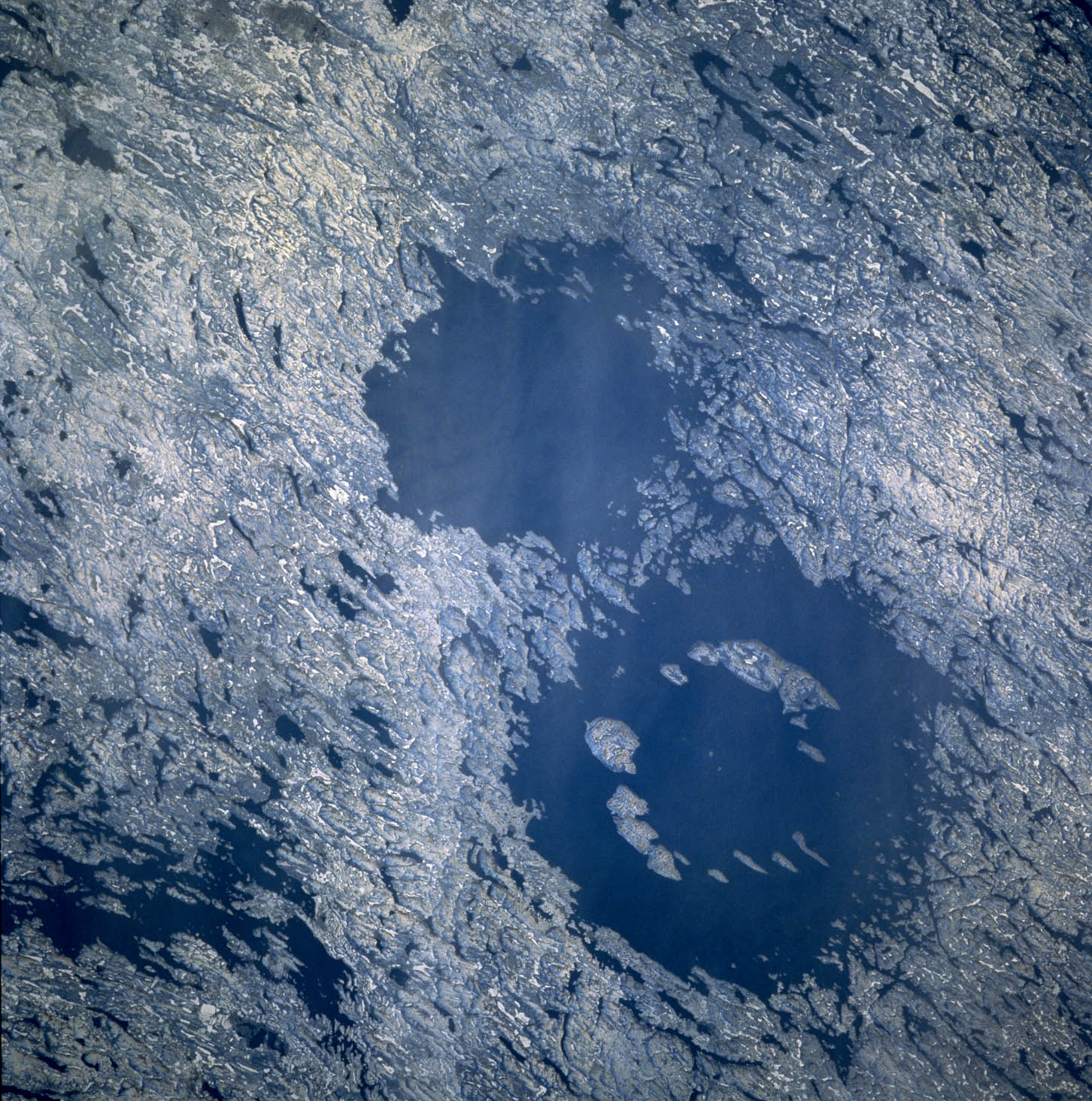
5 Million years ago, Namibia Desert
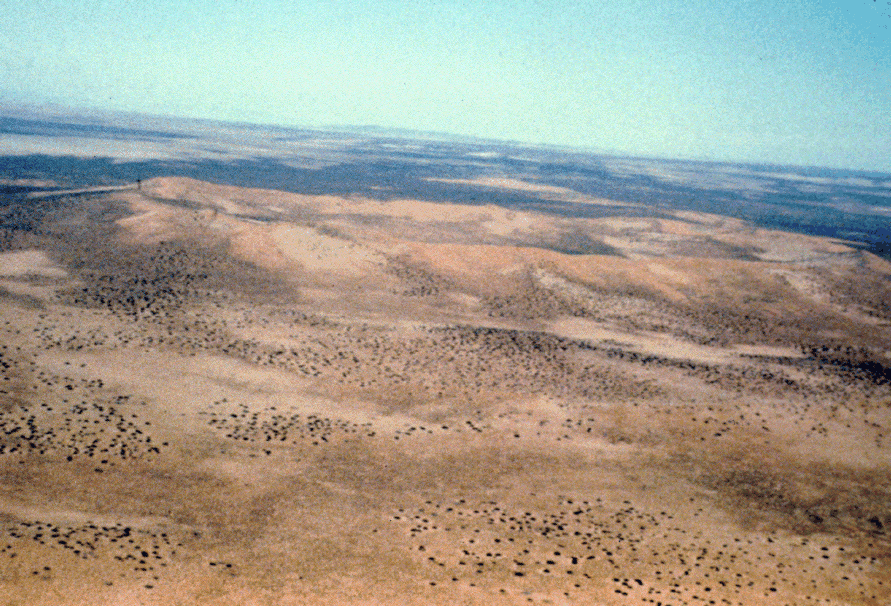
The Earth Impact Database (Vredfort example)
Finally there is the issue of "flow" features on surfaces that could be fractures, ice flow, lava flows, rivers, etc.
